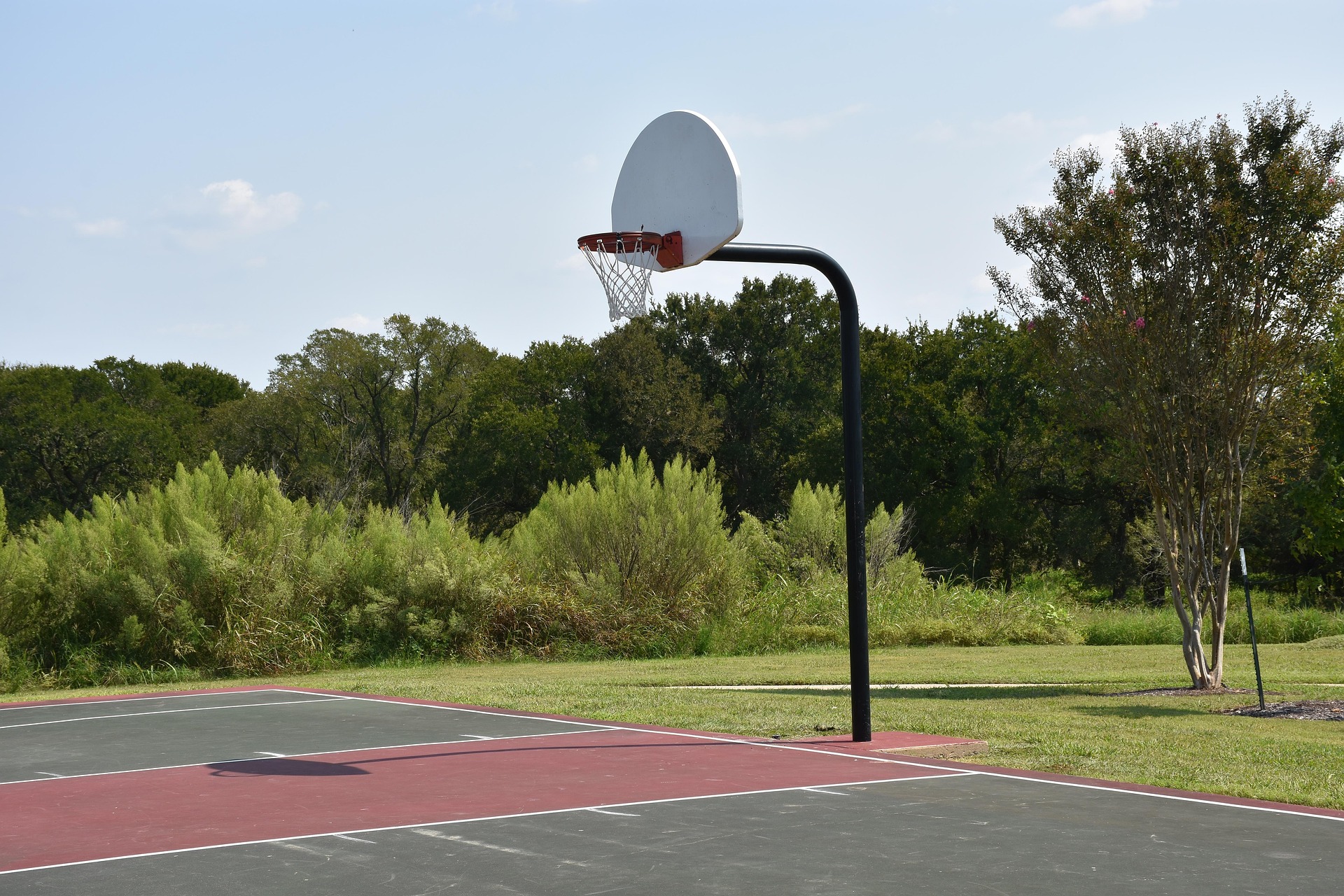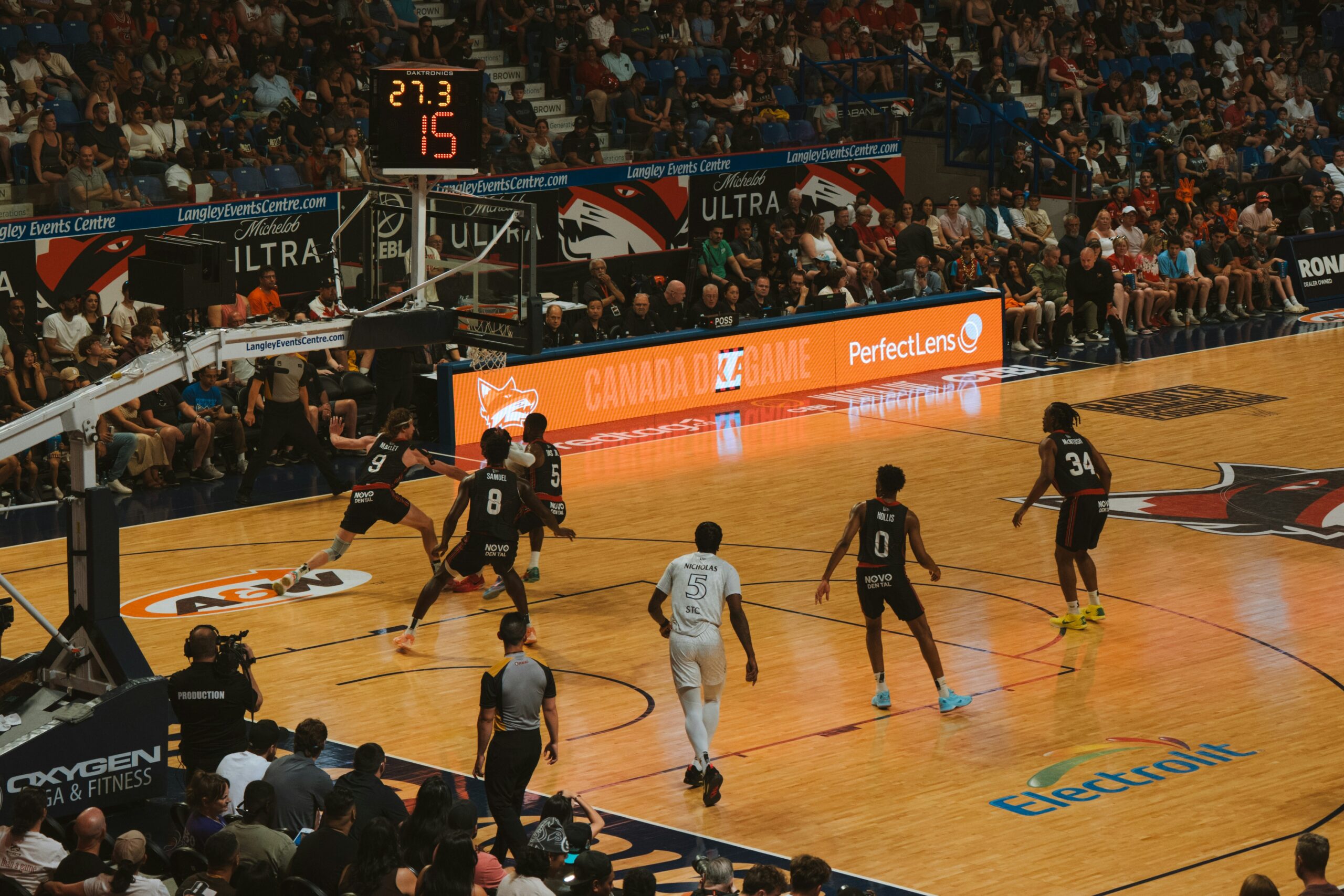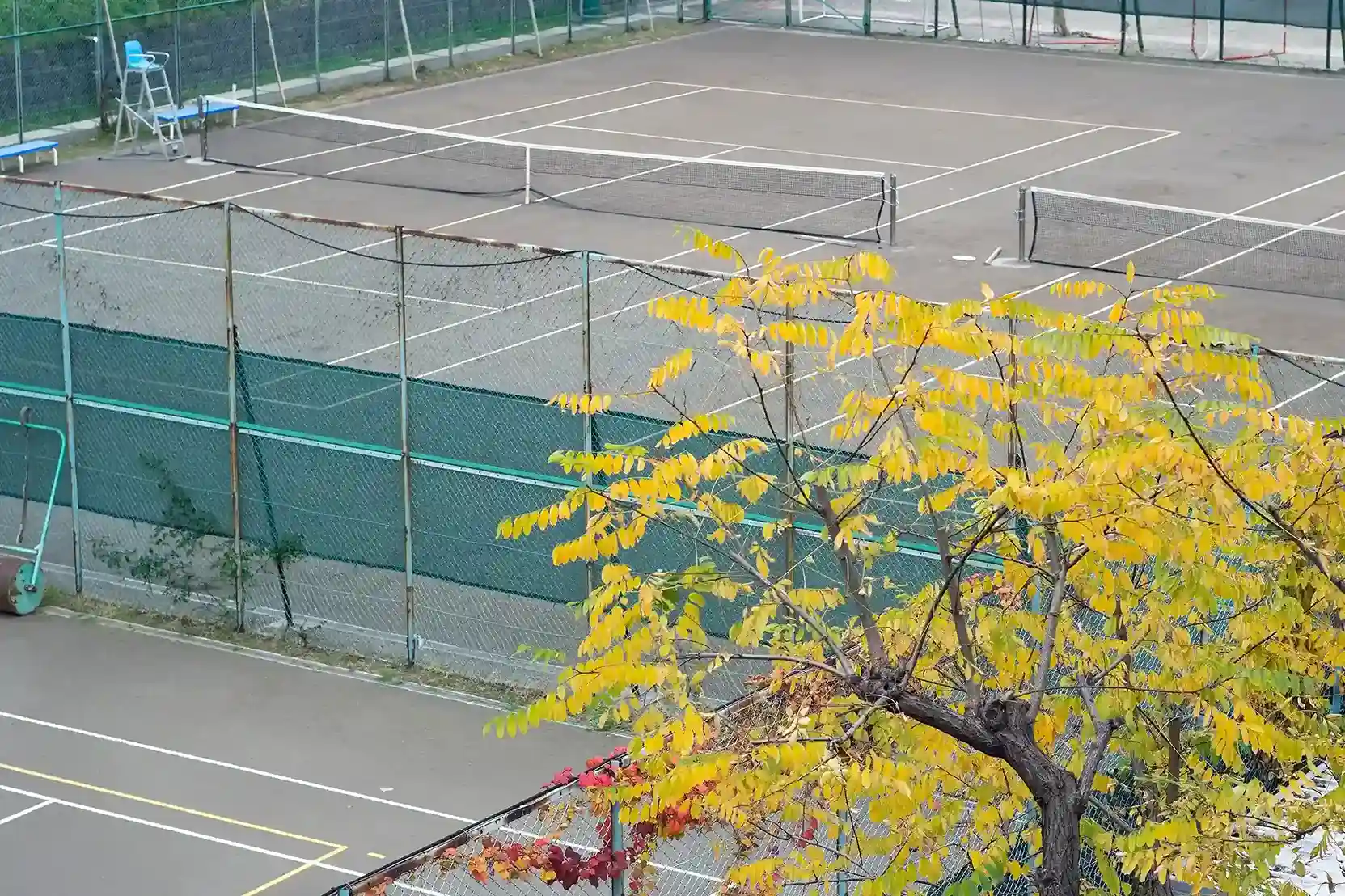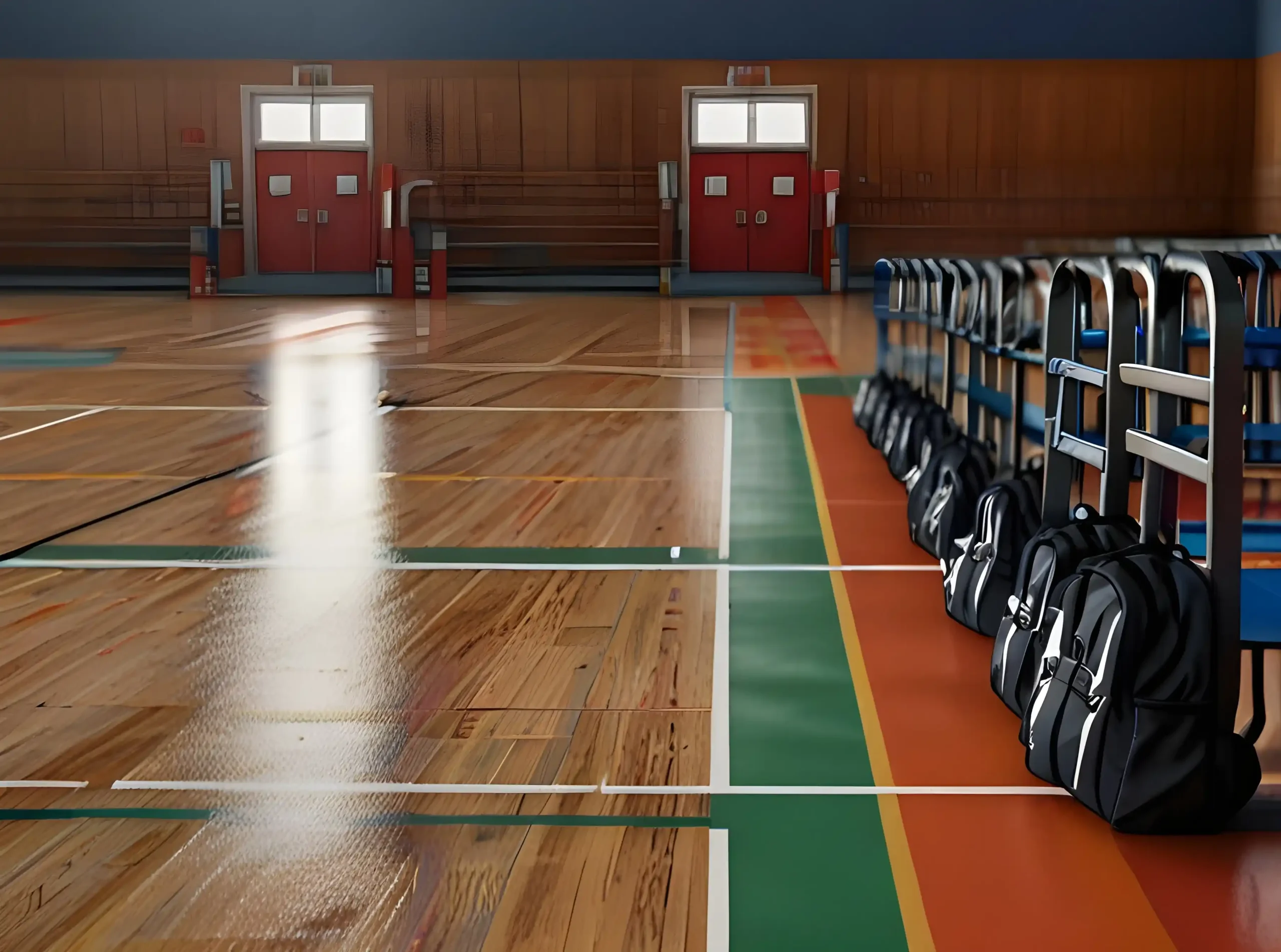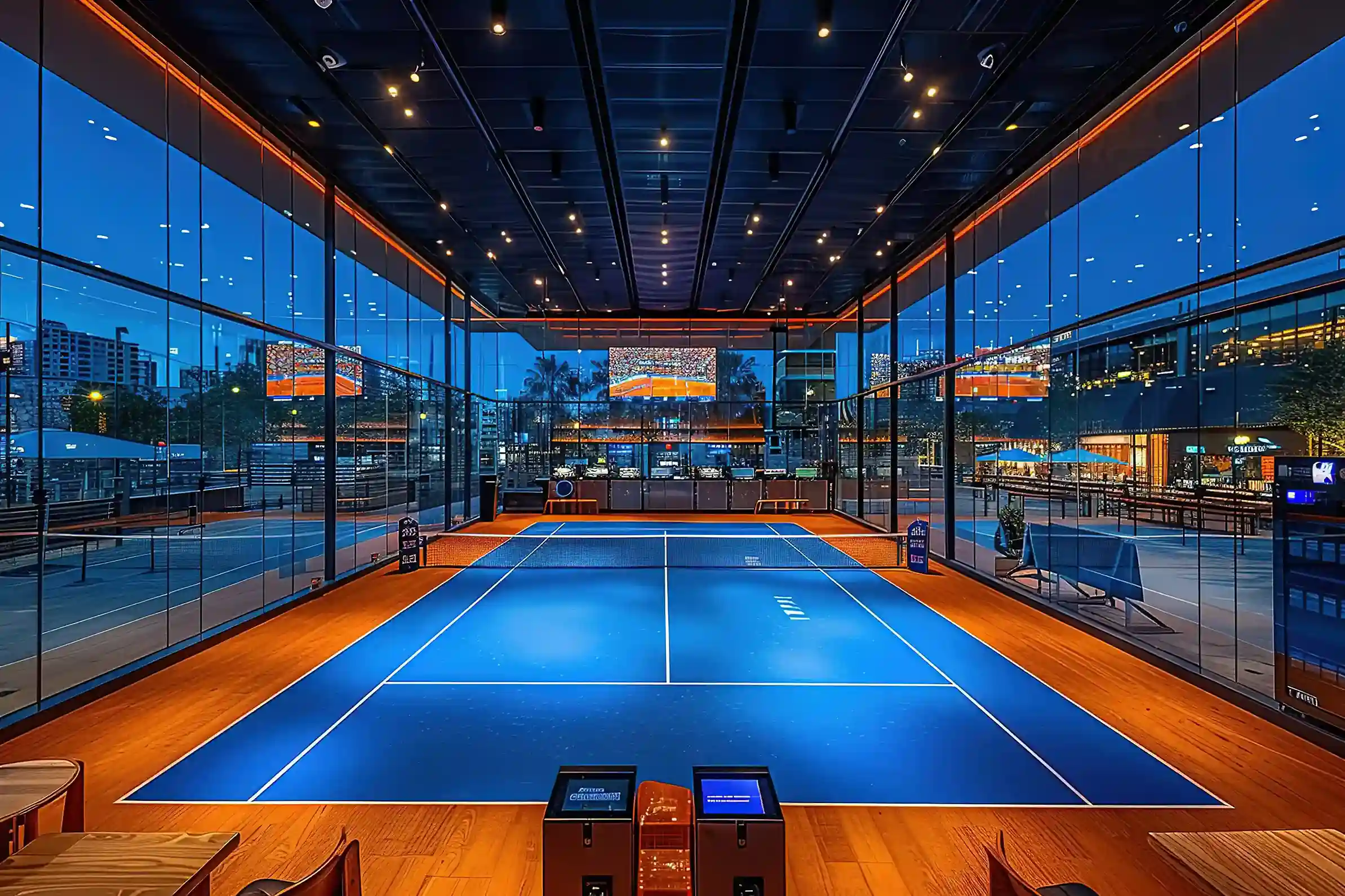Backyard basketball courts are becoming increasingly popular, transforming spaces into perfect spots for family fun, personal practice, or casual pick-up games. Whether you’re a die-hard basketball fan or simply looking to create an active space, choosing the right court dimensions is crucial to ensure functionality, aesthetics, and durability.
This guide will help you understand regulation court sizes, factors to consider when designing your court, and the best materials for your backyard basketball court, such as biomass sports flooring, which offers high performance and eco-friendliness. By the end, you’ll have all the knowledge to make informed decisions for your project.
Understanding Regulation Basketball Court Dimensions
Before planning your backyard basketball court, it’s essential to be familiar with regulation court sizes. While your backyard doesn’t need to meet professional standards, understanding these dimensions can help you scale your court appropriately.
NBA Regulation Court Size
An official NBA basketball court measures:
- 94 feet long x 50 feet wide (28.65 meters x 15.24 meters)
- Free throw line to the basket: 15 feet
- Distance from the three-point line to the basket center:
- 23.75 feet (above key)
- 22 feet (corners)
NCAA Regulation Court Size
An official college basketball court measures:
- 94 feet long x 50 feet wide (identical to NBA courts)
- Key differences:
- The three-point line is 22.15 feet from the basket arc, slightly shorter than the NBA.
- Free-throw and court markings align with NBA standards.
For backyard courts, these measurements serve as benchmarks. You can scale down based on your available space and needs, ensuring proportions remain similar.
Key Factors Influencing Backyard Court Dimensions
Creating the ideal backyard basketball court involves balancing aspirations with practical realities. These are the critical factors to consider:
Space Availability
- Ample backyard space? Full courts are ideal but require a significant commitment of 4,700 square feet (consider setbacks for landscaping).
- Limited space? Opt for a half court, which starts at 2,350 square feet.
- Think about clearance for fences, trees, or uneven surfaces to avoid interference during play.
Budget Considerations
The size directly impacts your overall budget, influencing elements like flooring materials, hoops, boundary markers, and installation fees.
- Full-size courts are more expensive, often requiring advanced planning and premium materials.
- Half or adjustable courts offer affordable alternatives while maintaining excellent playability.
Intended Use
Determine how you and your family will use the court:
- Recreational play: Focus on durability and fun over strict proportions.
- Training/practice: Prioritize court accuracy, markings, and professional-quality flooring.
- Multisport usage: Consider multi-game courts for additional versatility.
Create a design that reflects your priorities.


Types of Backyard Basketball Courts
Backyard basketball courts vary by size and functionality. Here are four popular options:
Full Court
For serious players and enthusiasts, a full-size court offers unmatched flexibility for games and training.
- Pros: Mimics professional environments, includes all court markings, ideal for full-fledged games.
- Cons: High cost, considerable space requirements.
Half Court
The most common choice, half courts are versatile, space-efficient options for homeowners.
- Dimensions commonly range from 47 feet x 50 feet to smaller setups for recreational play.
- Ideal for shooting practice, one-on-ones, or casual games.
Adjustable Court
An adjustable modular court adapts to various layouts, letting you expand or reduce its size as required.
- Includes modular tiles for easy customization.
- Perfect if your family’s basketball needs are expected to evolve.
Multi-Game Court
For those who want more variety, a multi-game court is a perfect investment.
- Designed to accommodate basketball, volleyball, pickleball, and more.
- Requires specialized line markings and removable nets or poles.
Each court type serves different needs. Identify the model that best aligns with your vision.
Navigating Local Zoning and Regulations
Before breaking ground on your basketball court, ensure compliance with local regulations:
- Check zoning rules: Confirm whether courts are allowed in residential zones.
- Setbacks and boundaries: Clearances from property lines vary by location.
- Permit applications: Certain areas mandate permits for sports construction projects.
- Surface drainage: Some cities enforce runoff management standards.
Failure to comply with these regulations might result in fines or project delays. Consult your local government or a professional contractor for guidance.
Sports Flooring Options for Backyard Courts
Choosing the right flooring is fundamental to your basketball court’s performance, safety, and longevity. Among the options available, biomass sports flooring stands out as an efficient, sustainable solution for backyard spaces.
Benefits of Biomass Sports Flooring:
- Durability: With advanced shock absorption and wear resistance, it withstands time, weather, and heavy use.
- Eco-Friendly: Made from renewable resources, it minimizes environmental impact without compromising on quality.
- Slip Resistance: Provides excellent traction for players, reducing slip hazards and ensuring safety.
- Performance Enhancement: Biomass-based flooring supports accurate ball bounce, aiding in training and practice.
- Easy Maintenance: Requires minimal upkeep compared to traditional alternatives like asphalt or concrete.
Investing in biomass sports flooring elevates your backyard court into a professional-grade space, blending functionality with sustainability.
Building a Court You’ll Love
Designing the ideal backyard basketball court starts with careful planning. Consider your available space, intended purpose, and budget to select the right size and type. Don’t forget to comply with local regulations and choose top-quality flooring, like biomass sports flooring, to enhance durability and performance.
Excited to begin? Explore our range of sports flooring options and discover how our cutting-edge products can transform your dream court into a reality.

